7 Cultural Tourism Destinations to Visit this Year
Jan 7, 20182 Issue, Best of 2018, Stories66 comments
By Culturally Modified Staff
In this world of rapidly increasing globalization, it can feel like no place has been left culturally untouched by tourism. But those places remain. They often balance on the cusp between business-as-usual and business-is-booming—that time when the intrepid tourist can still experience them as they’ve existed for centuries, but before the masses arrive, bringing with them inevitable change. We put our heads together to share a few of our favourites.
1. Madagascar
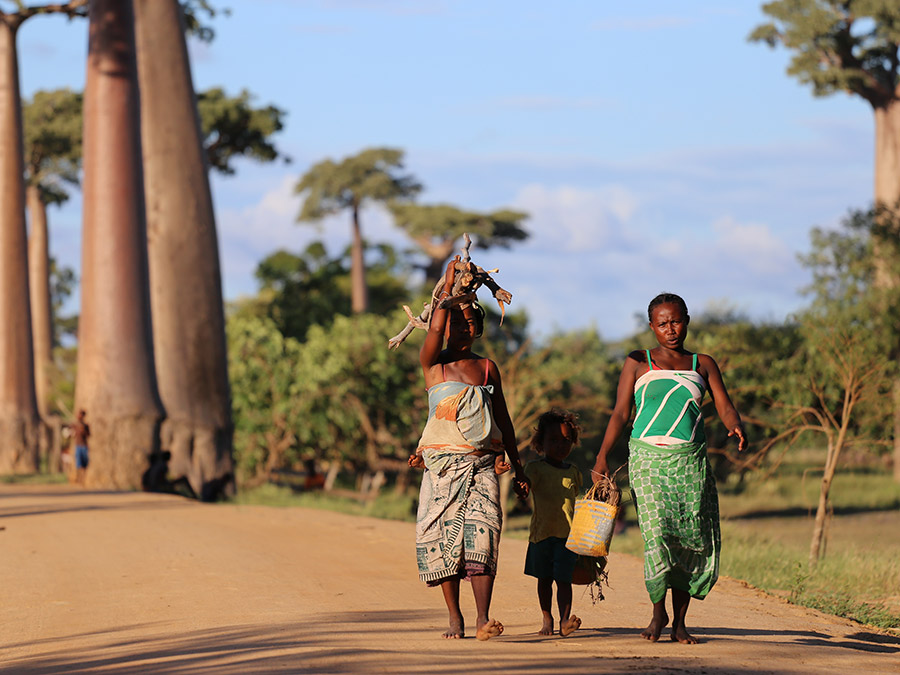
Like all islands, Madagascar has its own set of conditions and it is clear that life here has evolved differently, both biologically and culturally. It’s no wonder: the island broke away from Africa about 156 million years ago and from India 100 million years later, leading to its unique flora and fauna. Only a few hundred kilometres separate rainforests from deserts and 5,000 kilometres of coastline balance pristine beaches with dangerous waters. Madagascar is considered a cultural melting pot, with migrants from areas adjacent to the Indian Ocean contributing to the country’s customs, beliefs and rituals. The Malagasy funerary practice of famadihana demonstrates the intricate evolution of ideologies surrounding death on this island. Madagascar is a dream destination for cultural tourism enthusiast. Plus, lemurs: Madagascar’s national animal is the ring-tailed lemur, a curious primate creature found nowhere else in the world.
Photo by 2Photo Pots/Unsplash
2. Lombok, Indonesia
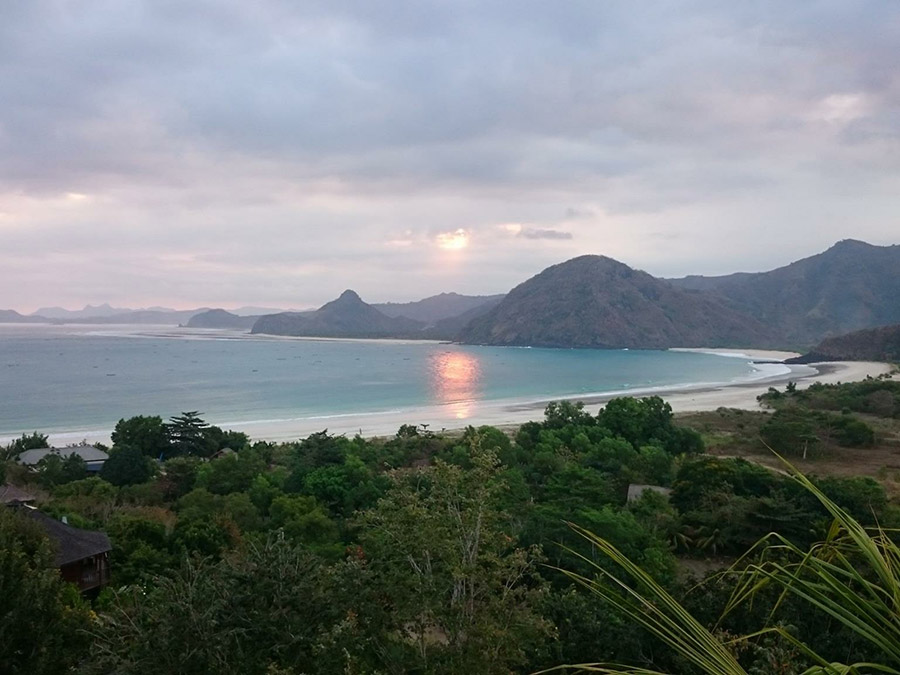
Few places left on Earth feel untouched by tourism. Lombok is one of those places. The next island east of Bali, Indonesia’s economic engine, it is predominantly Islamic and loaded with perfect shorelines and lush landscapes. Lombok feels like the scooter capital of the world, and it’s not uncommon to see entire families of four to five people sharing the same ride. Like a time warp to a simpler existence, rural village life and tradition are its hallmarks. In Lombok, people size you up by asking, Where are you from? or Who are your parents? and What religion do you practise? Generally, your answers will dictate the type of conversation you will have, usually a rewarding one. The people are warm, welcoming, curious and smart, there are few crowded and modern areas, the island is mostly untouched by tourism and its scenic beauty is unparallelled. Experience Lombok before its inevitable transformation at the hands of the tourism industry.
Photo by Rick Budhwa
3. Latvia
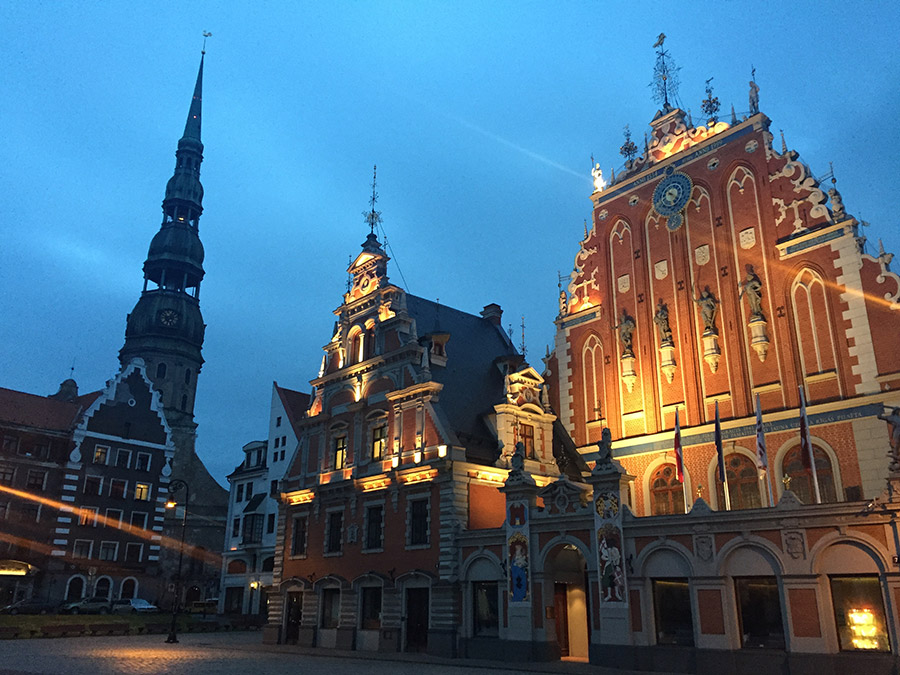
Despite being less than 65,000 square kilometres, Latvia is vastly diverse with Germany, Sweden, Poland and Russia having all had their opportunity to control this Baltic state. It’s apparent in the architecture: grand, Russian-styled homes in the west, modest farmhouses in the east, Soviet-style apartment blocks in the suburbs and 8th century structures still standing in the capital city of Riga. Latvians are likewise diverse in lifestyle and beliefs, with older generations having learned Russian in school and the younger crowd taught English and Latvian and embracing the recent onslaught of Western development. Nothing unites Latvians more than solstice celebrations surrounding Jāņi and Līgo, as well as the celebration of the harvest—a time for retreating to the country to eat, wear flower crowns and celebrate around a bonfire until the sun comes up.
Photo by Jocelyn Franks
4. Haida Gwaii, British Columbia

Tucked away in British Columbia, Canada’s northwest corner, Haida Gwaii (also known by its colonial name, Queen Charlotte Islands) is a hidden gem of coastal mountains, peaceful lakes and beaches that extend for miles. Still relatively untouched, this archipelago is primarily made up of two main islands—Graham Island in the north and Moresby Island in the south. Graham Island offers little more than 100 km of paved road extending from Charlotte in the south to Masset and North Beach in the north. Mid-island is Tlell, where the Indigenous-own Haida House is worth spending a night. There’s lots of camping for the budget traveller, particularly on North Beach, where camping on the beach is free (although campgrounds are also available.) Culturephiles will want to check out the Haida Heritage Centre in Skidegate, along with the myriad of artists and artisans that exist throughout the island. Gwaii Haanas National Park Reserve and Haida Heritage Site, which encompasses most of Moresby Island and protects a total 138 islands, is accessed by air or water only. Hire a guide or bring your sea kayak and visit SG̱ang Gwaay Llnaagay, the remains of a historic Haida village complete with standing totem poles and the remains of cedar longhouses.
Photo by Amanda Follett Hosgood
5. Northern Sri Lanka
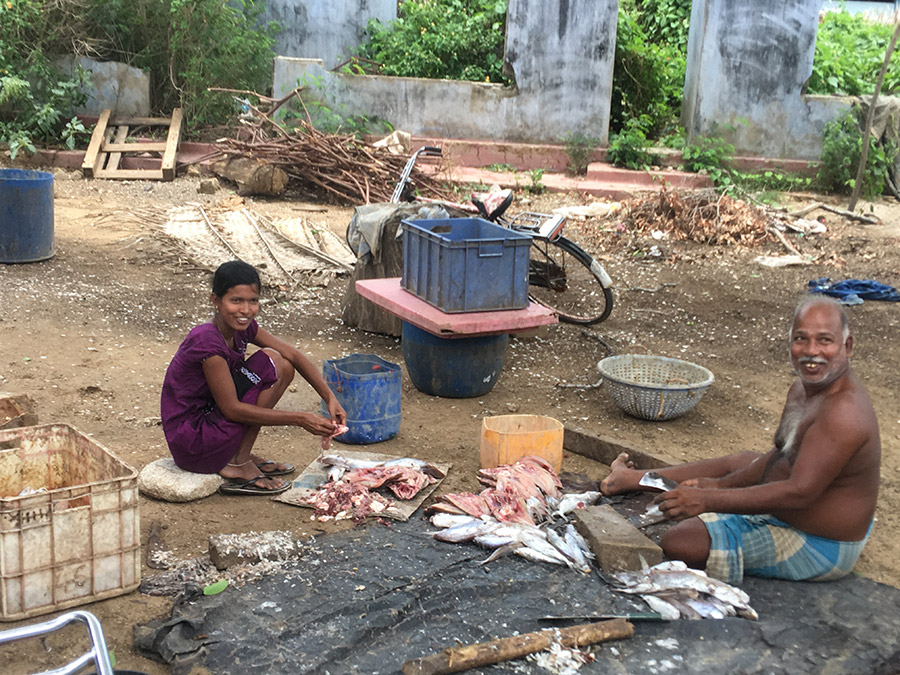
Sri Lanka emerged from civil war in 2009 and while the southern regions are saturated with tourism, for nearly 30 years the Liberation Tigers of Tamil Eelam occupied the north, destroying much of its heritage and infrastructure. During their reign, tourism was nearly non-existent in the region. In the nine years since the war ended, northern Sri Lanka has seen accelerated tourism resulting in lags and gaps in the establishment of resorts, services and prices charged. That said, if you make the effort to visit, you will be rewarded with flavours and customs like nowhere else. Its capital, Jaffna, presents a feast for the senses. Anuradhapura and Polonnaruwa, cities in North Central Province, as well as Dambulla cave temple, are magnificent archaeological destinations. Sigiriya, an enigmatic rocky erratic rising dramatically from the country’s central plains, is Sri Lanka’s single most dramatic sight. Plan to spend a few extra dollars visiting these sites as many are UNESCO sites and entrance fees add up. Also, use a guide and leave the driving to the locals—it’s not for the faint of heart.
Photo by Rick Budhwa
6. Chiang Mai, Thailand
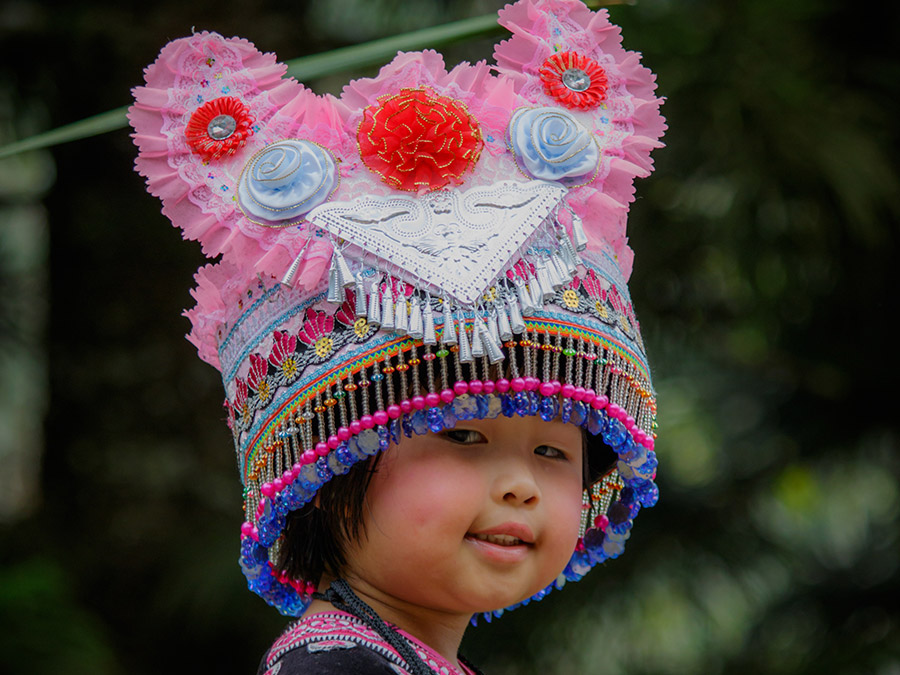
Thailand is best known for beaches and full-moon parties, but travellers wanting to delve more deeply into local culture can catch an overnight train or bus from the capital to Chiang Mai, the northern region’s largest centre. Unlike Bangkok’s hustle, life inside this 13th century walled city has a more tempered, relaxed feeling (but beware that the usual scams still exist here). Along with a variety of cooking classes and museums to take in, Chiang Mai is known for its religious sites, with over 300 Buddhist temples. If you’re feeling brave, rent a scooter for the day and explore: don’t miss the winding mountain road that carries you above the city’s humidity to the much cooler, and beautifully located, mountaintop temple Wat Phra That Doi Suthep.
Photo by Andre Mouton/Unsplash
7. Lago Maggiore, Italy

Sitting in the shadow of the Swiss Alps, Lago Maggiore offers a quieter existence than its trendier neighbour to the west, Lago di Como. Straddling the regions of Piedmont and Lombardy, lakeside cultural destinations on its western shores include Santa Caterina del Sasso, a Roman Catholic monastery dating back to the 14th century, and Rocca d’Angera, a castle that dates back even further. Across the lake, Stresa sits as the swinging hotspot, with upscale hotels hugging the shoreline. From Stresa, it’s a short ferry ride to the Borromean Islandsof Isola Bella, Isola Madra and Isola dei Pescatori, the largest of which is 330 metres long. The islands boast gardens, historic buildings and, in the case of Pescatori, quaint shops and restaurants accessed via narrow cobblestone walkways.
Photo by Amanda Follett Hosgood




